WARNING: The following review contains mild spoilers for Dynamite Entertainment’s The Precinct #1.
In our current day and age, it seems as if everyone’s a critic. So it’s unfortunate that every critic, whether or not they like to admit it, will inevitably struggle with certain biases that can make it difficult to write an honest and balanced review. In the case of The Precinct #1, I find myself facing two such biases. The first is my appreciation for Dynamite Entertainment, and their ability to craft unique stories from pre-existing characters. The second is my undying love for steampunk.
The first bias is a little easier to get out of the way, as The Precinct #1 is the start of an original mini-series. The second, however, presented much more of a struggle. While I am not too familiar with the work of writer Frank J. Barberie, I was exposed to the incredible talents of artist Crizam Cristhian Zamora earlier this year upon the release of Swords of Sorrow: Black Sparrow & Lady Zorro. I already knew Zamora to be an artist capable of delivering a great depth of background detail, with sprawling buildings lending structure to the larger panels while engaging characters drew the eye to the foreground. Also familiar to me were the intricate relationships between light and darkness played with by colorist Dinei Ribeiro in his work on Lady Rawhide and Vampirella: Prelude to Shadows.
The prospect of seeing Zamora’s and Ribeiro’s artistic styles applied to a steampunk setting was titillating as a reader, but troubling as a reviewer who would prefer to keep my biases at the door where they belong. Then, just a couple of pages in, I was treated to this:
The expressiveness of the hand gesture on the left side of the panel. The details in the hat. The smoky outlines that cause the characters to feel as if they’re about the leap right off the page (and if you could see the rest of the panel, you’d know how badly they want to). It was upon seeing this image that I realized I didn’t need to stay unbiased. Any praise that you could lavish upon this comic would be accurate, regardless of predisposition.
After the panel previewed above, The Precinct #1 introduces us to The Big City—a name that fans of Thief: The Dark Project should be able to appreciate. This comic doesn’t appear to be based on Thief in any way, but the sprawling urban setting and occasional gothic touches certainly lend a similar atmosphere. The setting outdoes itself in terms of upholding genre standards, and steampunk fans will just about keel over with joy when they see the artistic treatment given to a flower shop shown briefly on one of the early pages. Our introduction to protagonist Mortimer Hill, veteran detective at the eponymous Precinct, even features him smoking a very steampunk-ish pipe. These props may not need the steampunk treatment, but their inclusion feels like a love letter to the genre. The writing further enhances this love letter by giving Hill a cat named Jules, presumably a tribute to Verne’s influence on steampunk’s development.
“Development” may be a key word here, as The Precinct #1 is actually greatly concerned with how the birth of a steam-reliant society might affect certain sects of people. A bizarre murder leaves Hill with no clues to follow, with one exception. Whoever—or whatever—committed the murder has left behind the symbol of the Alchemy Academy, a group that shuns all steam-based technology. They instead prefer to tap into the natural elements of the earth and the human body, through which they introduce a bit of magic to the world of the story.
Not only must Hill work with the Academy to solve the murder, but he must specifically partner with an acolyte by the name of Josephine Winters. And naturally, Winters turns out to be just as opinionated and strong-willed as her new partner in this investigation. Hill is the type of cynical-yet-charming character you’d expect from most noir films, the type who can be extremely degrading toward everyone he knows while still winning over his audience. Winters is not the type of woman to find charm in the boorish behavior of a man with no filter, and she doesn’t hesitate to say so.
Their frequent disagreements and reluctance to work with one another may seem like common tropes among any police procedural, but they also provide us with a chance to learn a bit more about the technological revolution that led to the creation of their steampunk society. Most of their jabs at one another are based on very strong views regarding the world in which they live, so their dialogue manages to accomplish the feats of characterization and world-building without bringing the plot to a grinding halt. There are only a couple of pages that feel like sheer exposition, but they offer colorful and imaginative visuals that more than make up for the brief pause in the plotline.
Without giving too much away, it’s worth noting that The Precinct #1 ends on a beat that makes it look as if the story could easily be wrapped up in the next issue; however, this is only the first part of a five-issue series. The fact that the plot advances to the point that it does is a bit unexpected, and it looks as if the story may become increasingly complicated as the series wears on.
Between the quality of the artwork, the strength of the characterizations, and the richness of the city’s backstory, The Precinct looks to be a series worth following. This is one of the strongest introductions to a mini-series I have ever read, delivering heaping amounts of both plot and backstory in just over 20 pages. If the notion of a steampunk police procedural is something that even remotely appeals to you, The Precinct #1 will not leave you disappointed.
Keep an eye out for The Precinct #2 when it hits shelves on January 13, 2016.


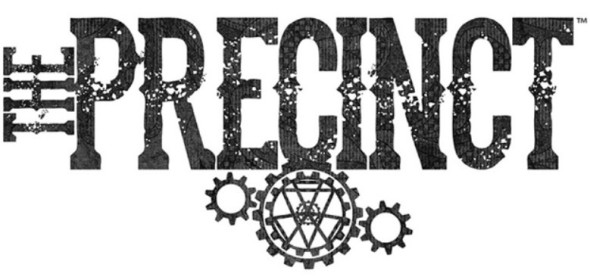
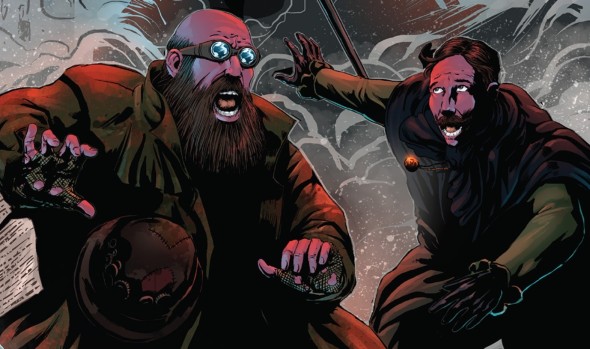
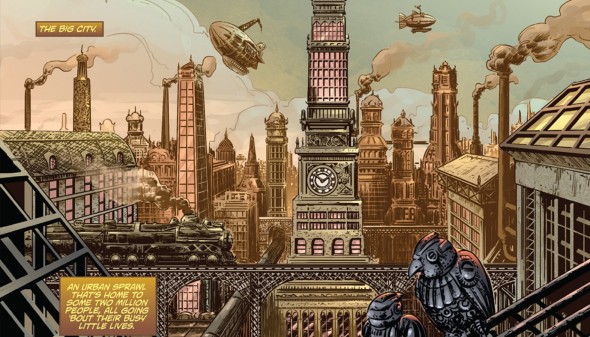

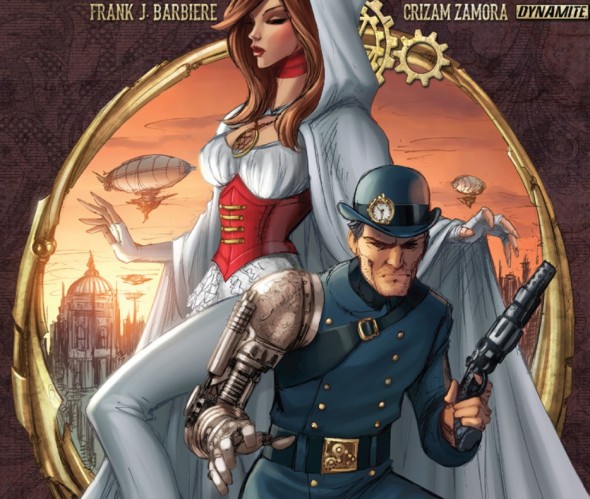
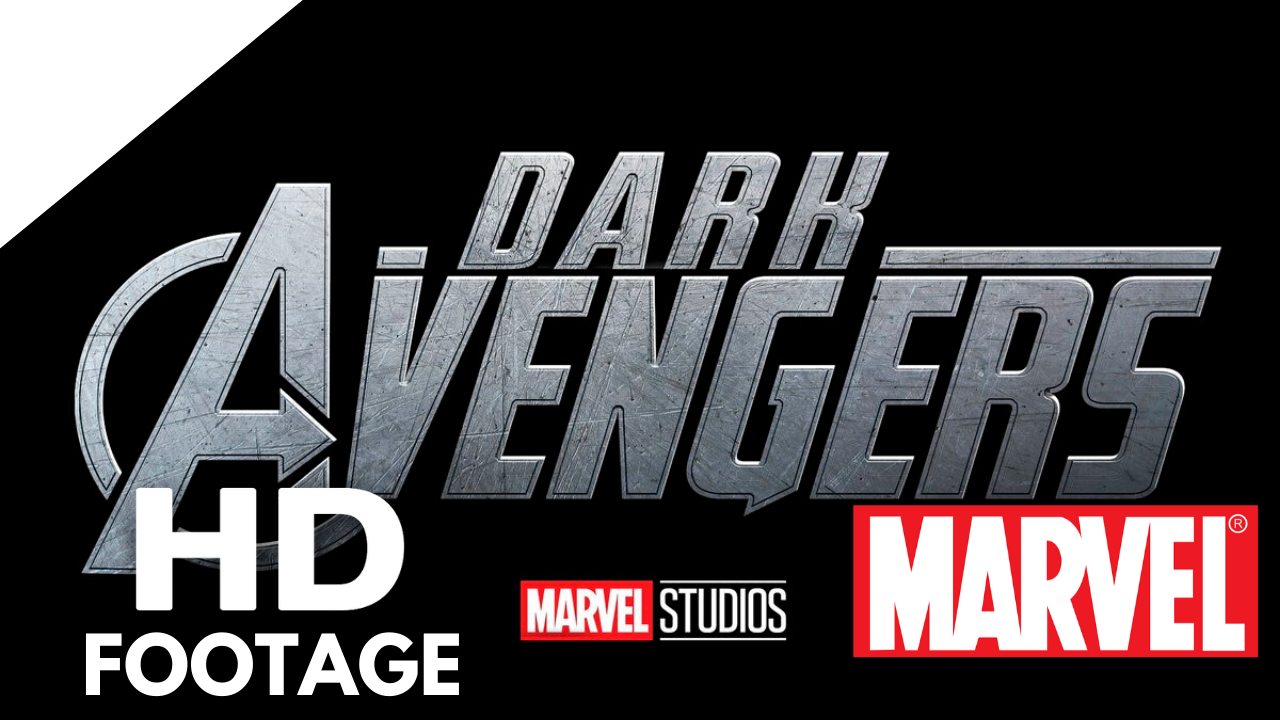


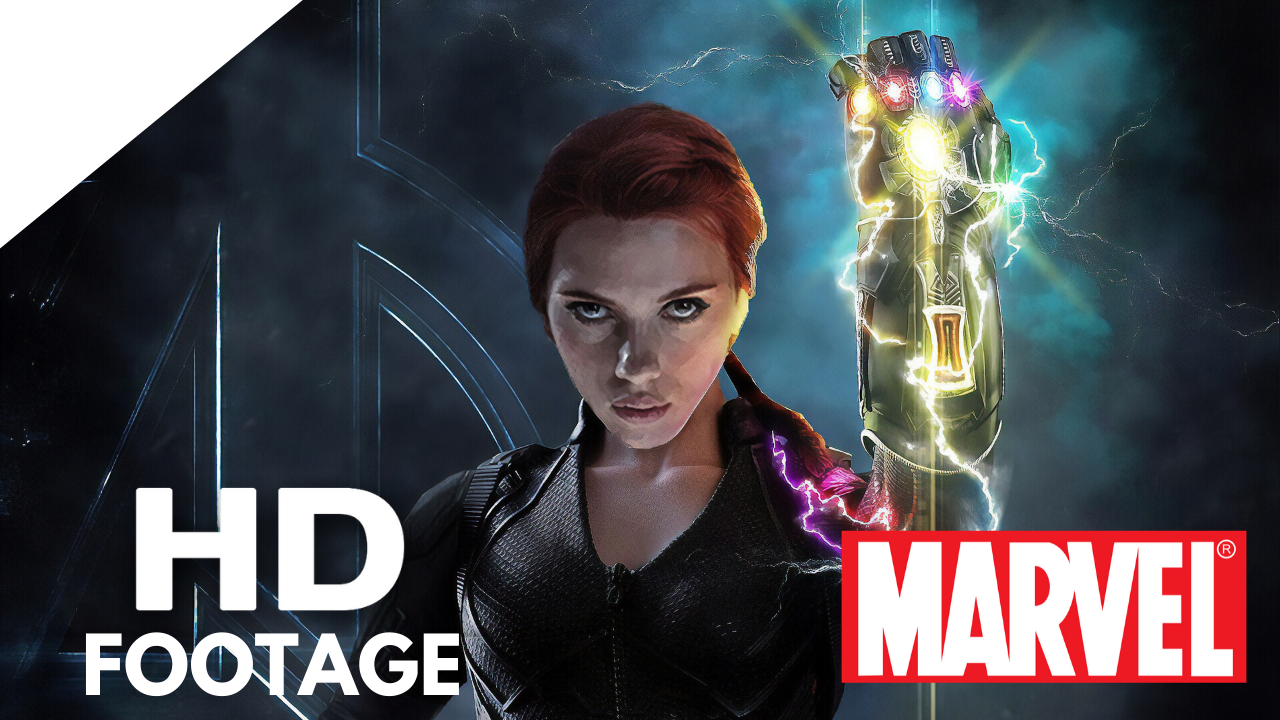


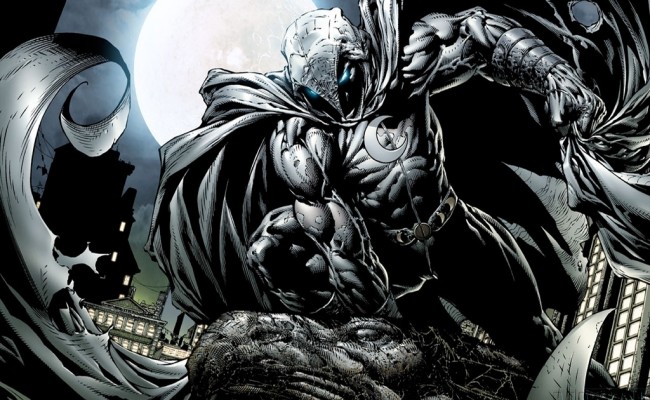

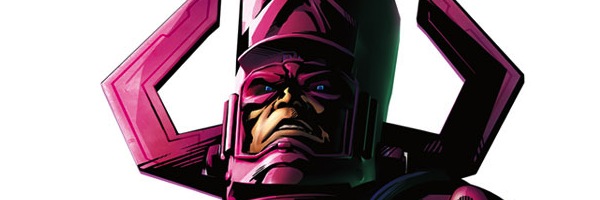

S#!T Talking Central